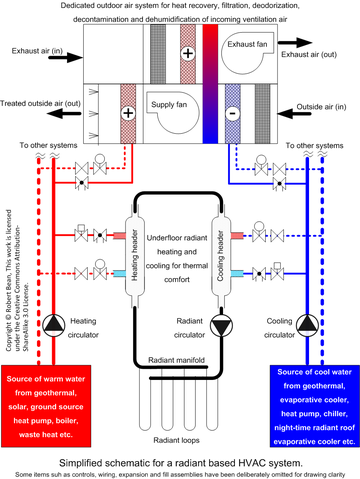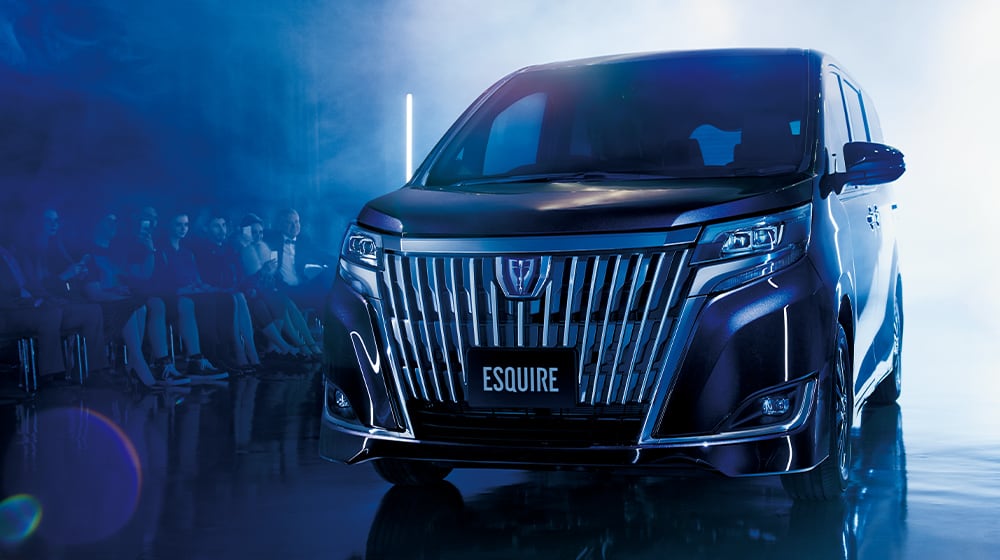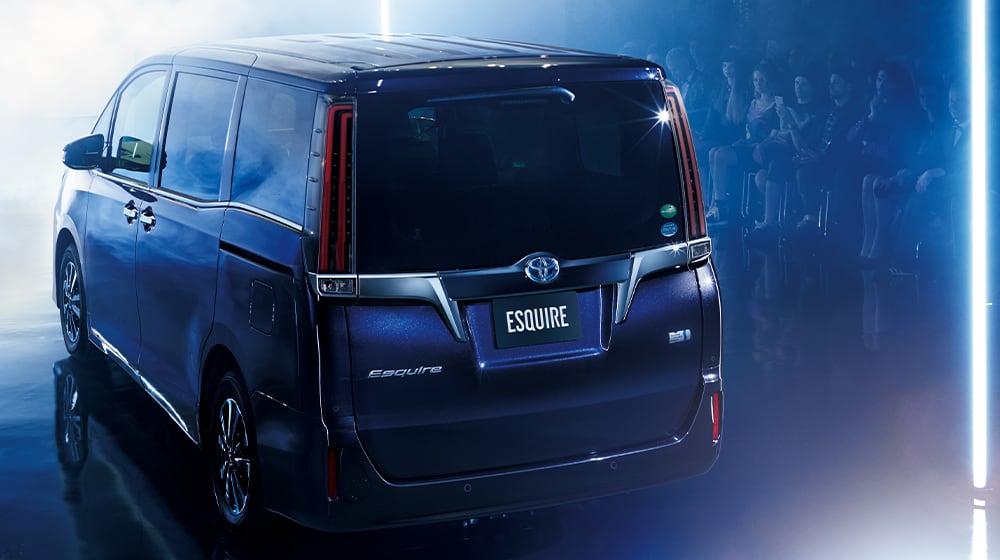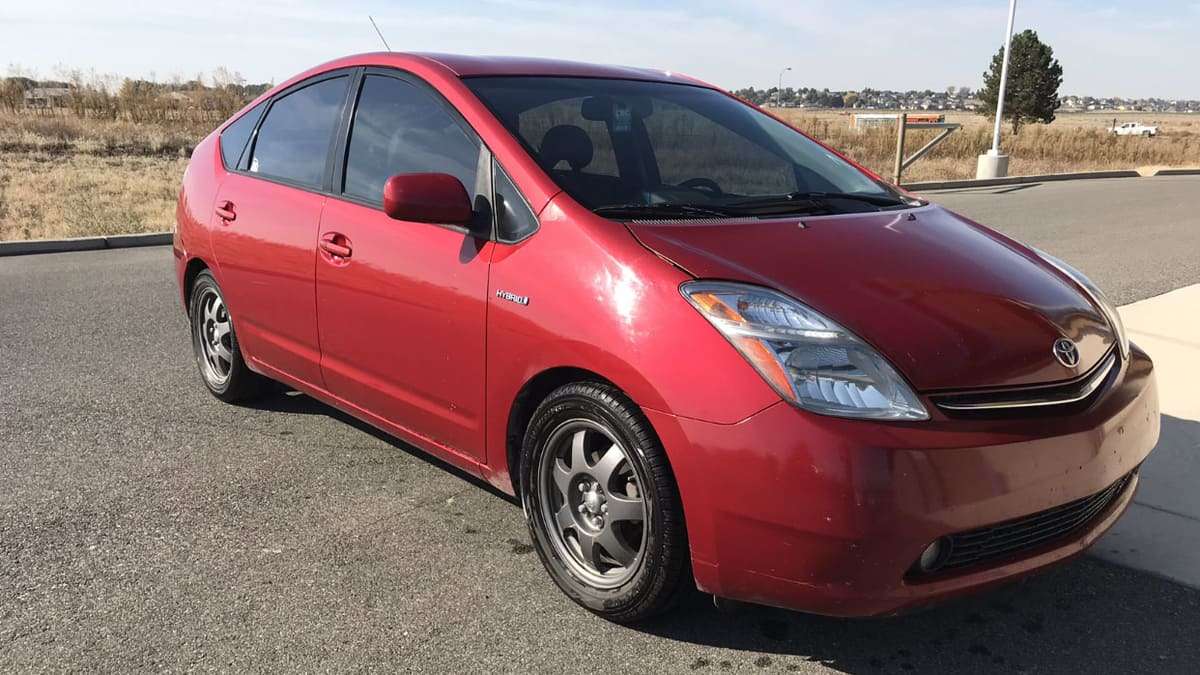- Skip to Simplification Rule #7:
- Skip to Simplification Rule #9:
- Add a Dedicated High Voltage, Plugin Battery to Mild Hybrid for eBike Charging and Camping Purposes
- The 400 mile Grand Teton, WY to Steamboat Springs, CO leg of the Tour Divide is achievable on a Plugin battery. The Creo is a Class 3, or 28mph bike. That Tour Divide leg would be quick and fun! Imagine riding 250 miles in one day!
- A Specialized Creo might have a 500 to 1,000 mile range using the Plugin battery. An eBike range longer than the Tesla Cybertruck!
- Build a Home Environment from USB Devices to Meet 80% of Your Needs, Powered by a 72Ah Portable Power Bank
The car is to ride about 200 miles per day, averaging 22mph, on the following trail.
You might have a technical background that helps you assimilate the vast amount of evidence presented in this series of articles. You might find the evidence totally meaningless. Either way, you will grapple with which car is best suited to eBike camping. I feel very ambivalent about the most appropriate choice: 2021 Toyota Sienna. I cringe with this compromise. Focusing my attention on how to improve weaknesses is the most productive use of time.
- Colorado idling law eliminates all non-PHEVs from consideration for me!
Why 2021 Toyota Sienna?
- Toyota's history pioneering hybrid technology.
- A few bikes can fit inside the minivan.
- Has AWD option.
- Ottoman reclining second row seats seem incompatible.
- Electric motor in rear axle for extra braking power and electric generation
- While normal Priuses use a 3.6-amp-hour lithium-ion battery pack, the so-called
- AWD-e model has a 6.5-amp-hour nickel-metal hydride pack.
- This battery is better under colder conditions where all-wheel drive is necessary.Sep 12, 2019
- https://en.m.wikipedia.org/wiki/Toyota_New_Global_Architecture#TNGA-K_(GA-K)
- The Sienna is a "mild hybrid" type
- Has some, but not much, High Voltage (HV) battery capacity.
- Hybrid power flow provides a substantial advantage for campin. Hybrids have an electric motor-generator, rather than an alternator-gas engine, architecture.
- The 110VAC outlet can recharge an eBike battery in cold temperatures, inside the vehicle.
- The 110AC can power appliances like toaster-oven or water heater.
- Has more space than an SUV.
- Ten year, 150,000 mile warranty on HV battery.
- Toyota cars can be serviced in remote locations.
- I plan to travel along the Great Divide trail paralleling Rocky Mountains, from Canada to Mexico.
- The second row heated, reclining Ottoman seats might make for a decent heated bed. Software to enable this capability would be the solution in this case, rather than adding more hardware.
How to compensate for weaknesses?
A software "recreational mode" feature is needed to allow existing hardware to be re-purposed for use when ignition is off. I am perfectly capable of hacking car software, but i do not want to waste my time.
Many of weakneses may be compensated for using cellphone software to intelligently control interior. Just another form of "Home" software. Perhaps, this is just a matter of adjusting to new circumstances?
- Use cellphone wireless ODBC connection to monitor or analyze HV battery state.
- Shutoff power to devices connected to 110VAC devices.
- Find Heating film that has hardware interface to obtain temperature.
- Install wireless thermometer to interface cellphone software to.
- Controlling power from cellphone app is much preferred over adding hardware.
- ? Does Toyota have an cellphone API?
- What size battery and how long to recharge battery while engine idles?
- Cooking with 110V appliances done while engine running, to conserve battery?
- How to compensate for low HV battery capacity?
- Use ODBC software to manage battery.
- Use FLIR video recordings to precisely identify thermal needs.
- Insulate to minimize heating needs.
- Add some sort of radiant heating film

- How to tap into powerful Hybrid Synergy Drive power flow???
- This will be key to success!
- Buy refrigerator trim option (Platinum)?
- Will probably push price to approach $50,000
- Freeze ice packs to use in cooler?
- A second electrical system based on li-ion, iron phosphate, deep-cycling battery?
- How to compensate for lack of plug-in recharging? Software interface?
- Use ODBC software to manage battery
-
- Start with a fully charged battery
- Put drive mode into "Hold" at 80% battery charge.
Recharge every two hours for 30 minutes (4:1 operation-to-charge ratio)- Sleep in cargo area with heated blanket plugged into 110VAC outlet
- The power supply mode must be HV battery only to avoid carbon monoxide poisoning
- How to prevent engine from turning on automatically when heating the interior from 110V outlet on cold nights?
- Use ODBC software to manage battery.
- https://global.toyota/en/newsroom/toyota/32758042.html
- The new RAV4 comes with a maximum of 1,500 W (AC 100 V) external power supply function as standard equipment that are useful during blackouts and other emergencies, and for outdoor leisure activities. In addition to an accessory electrical socket in the luggage compartment, it is also equipped with a vehicle power connector which can be plugged into the regular charging inlet at the rear (right) of the vehicle for use as an external power socket.
- It offers two settings, either BEV or HEV external power supply mode, which can be selected according to the intended purpose.
- uses power from the battery, whereas
- HEV mode starts the engine if the remaining battery power is too low,
- enabling approximately three days'*7 of power supply on a full gasoline tank.
The 2021 Toyota Sienna will be available in 5 trims.
- Buy refrigerator trim option? (Platinum)
- LE - probably around $35,000
- XLE - at least XLE Premium Package
- moonroof required.
- two 120V AC power outlets
- Could push $45,000
- XSE,
- Platinum - i have a feeling this will be the final choice, although I feel reluctant.
- Limited
- All the trims of the Sienna will be mechanically similar.

Toyota Launches All-New 2021 Sienna to Suit a Variety of Lifestyles - Toyota USA Newsroom
PLANO, TX (May 18, 2020) – Aiming to redefine the segment, the fourth generation Toyota Sienna reimagines the minivan to support a wider array of life stages and activities. With a standard hybrid powertrain now across all trims and an array of new tech and amenities, the 2021 Toyota Sienna...
The Sienna LE and some XLE models come equipped in eight-seat configurations with two captain chairs, a long slide second row seat and a stowable middle seat. Some XLE models, as well as the XSE, Limited and Platinum are seven-seat models featuring
- the Super Long Slide second-row captain’s chairs
- with the Limited and Platinum FWD models equipped with ottomans.
- The 2021 Sienna Platinum comes standard with a 10-inch color head-up display, controlled via voice recognition and steering wheel switch. The display projects vital information at eye level, such as speed, navigation directions and TSS 2.0 functions.
- Toyota Premium Audio with Dynamic Navigation and JBL® Premium Audio (standard on Limited and Platinum, optional for XLE and XSE):
- adds 12 speakers including subwoofer and
- 1,200-watt amplification, plus
- Clari-Fi® digital restoration technology to Toyota Premium Audio with Dynamic Navigation.
Last edited:










